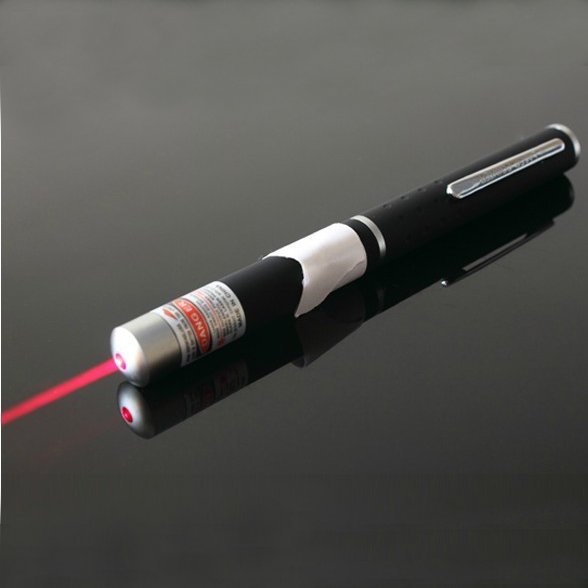How can the projector overturn the TV? If you look at the performance of traditional projectors, there are actually many shortcomings. The first is the problem of the laser pointer. The traditional projector lens needs a long distance to achieve a large screen, so users need a lot of space to use. Therefore, many meeting rooms or audio-visual rooms are hoisted, so that the upper space can be used. To achieve the output of a large screen. If it is placed on a table, it is obviously difficult to achieve a long distance.
Engineering projectors may also have a lot of space to display. After all, booths and large conference rooms have large headspaces, but TVs are used at home, so the space cannot be too large. Especially now that the house price is relatively high, the living room area of Chinese household users is not very large, and the space for traditional projectors to achieve large screens is even more difficult to find.
Ordinary projectors require a long projection distance. In addition to the problem of the lens, the problem of the light source has always plagued the development of this projector. When a light bulb is used as a light source, it generates a lot of heat, makes a lot of noise, and consumes a lot of energy. It is basically impossible to use the projector for a long time. And the brightness of the bulb decays very quickly. If it is used at a high frequency like a TV, obviously such a product is not suitable.
The emergence of reflective ultra-short throw projectors gradually solved the above two major problems. However, this process does not happen overnight. Next, we will talk about the evolution of reflective ultra-short throw projectors.
Regarding the evolution of the lens, in fact, the earliest technology used to shorten the distance of the projector was a fisheye lens, which is what we call a short-focus lens. Such a projection lens can shorten the projection distance to a certain extent, but the shortened distance is not particularly obvious. For the business and engineering markets, this lens has great advantages, but in the home environment, ordinary short-focus lenses are obviously not enough.
Short-throw projectors have relatively small distance requirements, usually only a projection distance of tens of centimeters, and can project a larger picture in a shorter distance. Short throw projectors are also very convenient to install. They only need to be placed in front of the projection screen. Compared with conventional projectors that can only be installed in the middle of the green laser pointer, they have the advantages of saving space and convenient installation.
Fisheye lens is a special kind of ultra-wide-angle lens. Although the projection distance is shortened and the picture becomes larger when used on the projector, one of its disadvantages is that it is prone to linear distortion. In addition, the price of the projector equipped with this short-focus fisheye lens is also more expensive, which is not very cost-effective for ordinary home users.
